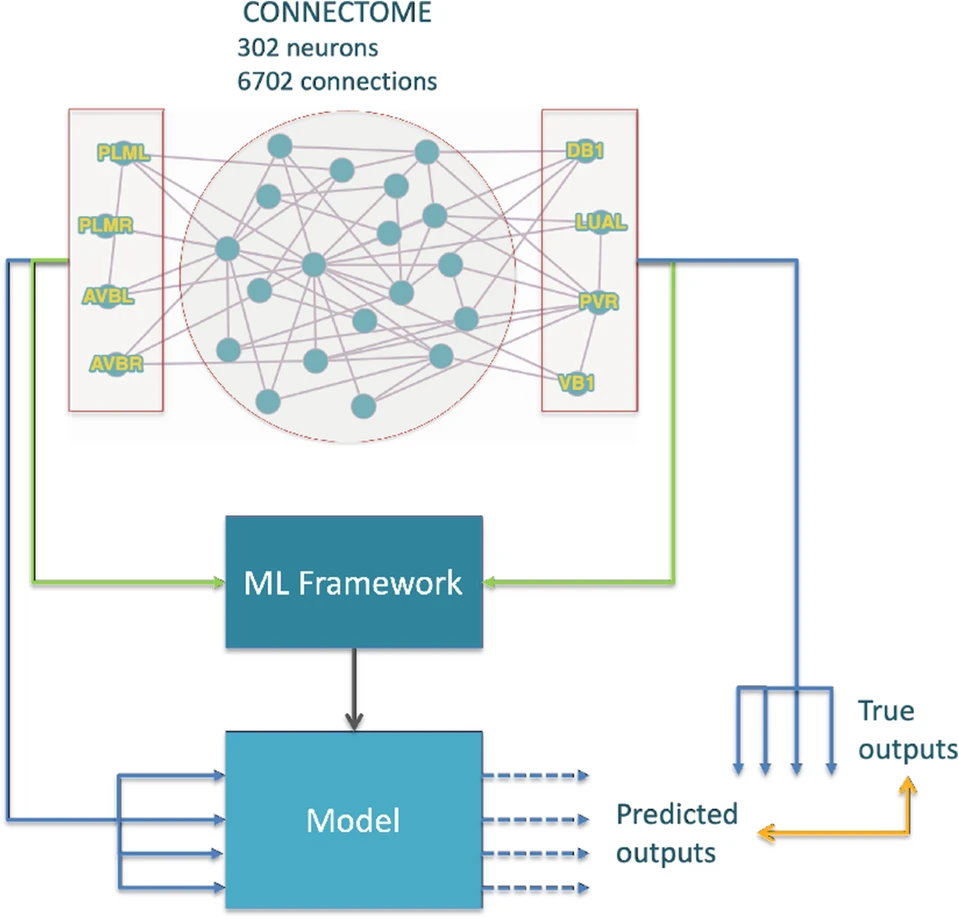Read the full paper in Nature.
By Ruxandra Barbulescu, Gonçalo Mestre, Arlindo L. Oliveira & Luís Miguel Silveira
Abstract
Given the inherent complexity of the human nervous system, insight into the dynamics of brain activity can be gained from studying smaller and simpler organisms. While some of the potential target organisms are simple enough that their behavioural and structural biology might be well-known and understood, others might still lead to computationally intractable models that require extensive resources to simulate. Since such organisms are frequently only acting as proxies to further our understanding of underlying phenomena or functionality, often one is not interested in the detailed evolution of every single neuron in the system. Instead, it is sufficient to observe the subset of neurons that capture the effect that the profound nonlinearities of the neuronal system have in response to different stimuli. In this paper, we consider the well-known nematode Caenorhabditis elegans and seek to investigate the possibility of generating lower complexity models that capture the system’s dynamics with low error using only measured or simulated input-output information. Such models are often termed black-box models. We show how the nervous system of C. elegans can be modelled and simulated with data-driven models using different neural network architectures. Specifically, we target the use of state-of-the-art recurrent neural network architectures such as Long Short-Term Memory and Gated Recurrent Units and compare these architectures in terms of their properties and their accuracy (Root Mean Square Error), as well as the complexity of the resulting models. We show that Gated Recurrent Unit models with a hidden layer size of 4 are able to accurately reproduce the system response to very different stimuli. We furthermore explore the relative importance of their inputs as well as scalability to more scenarios.











